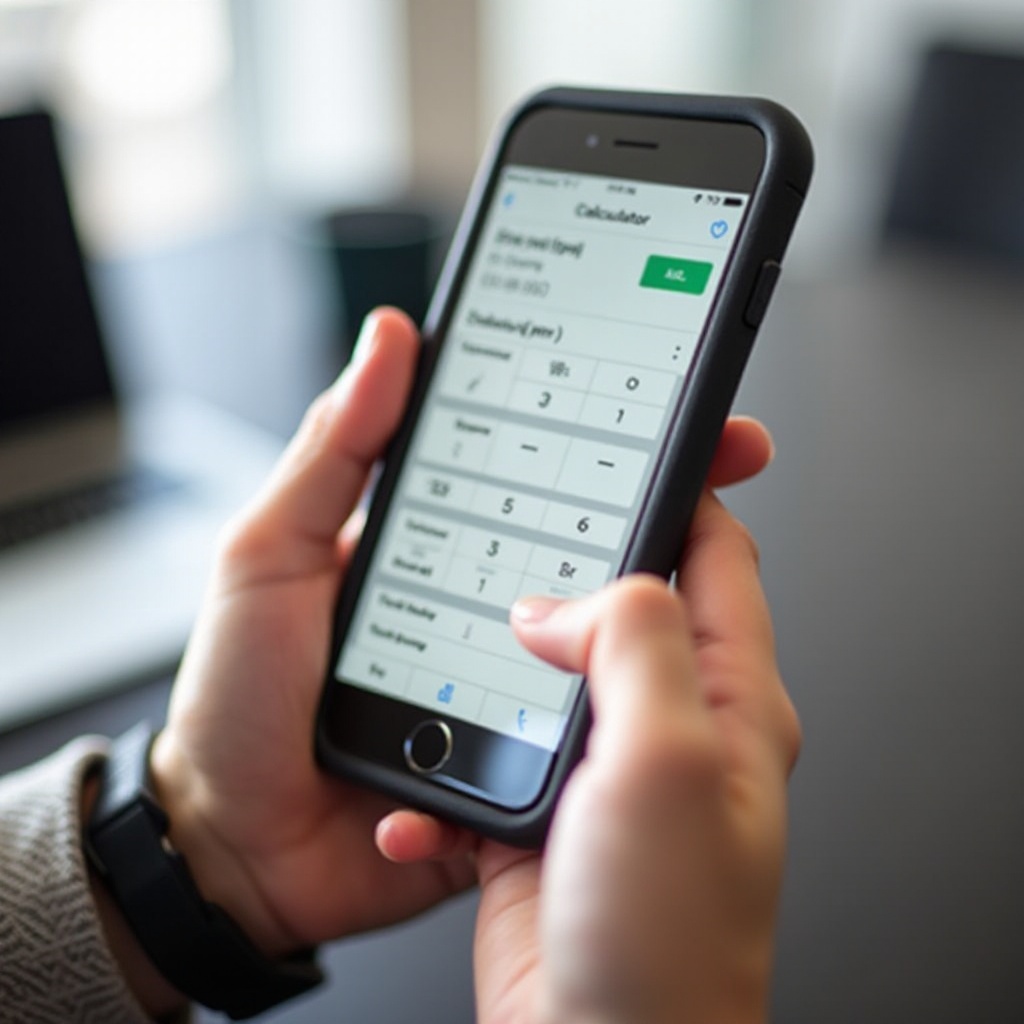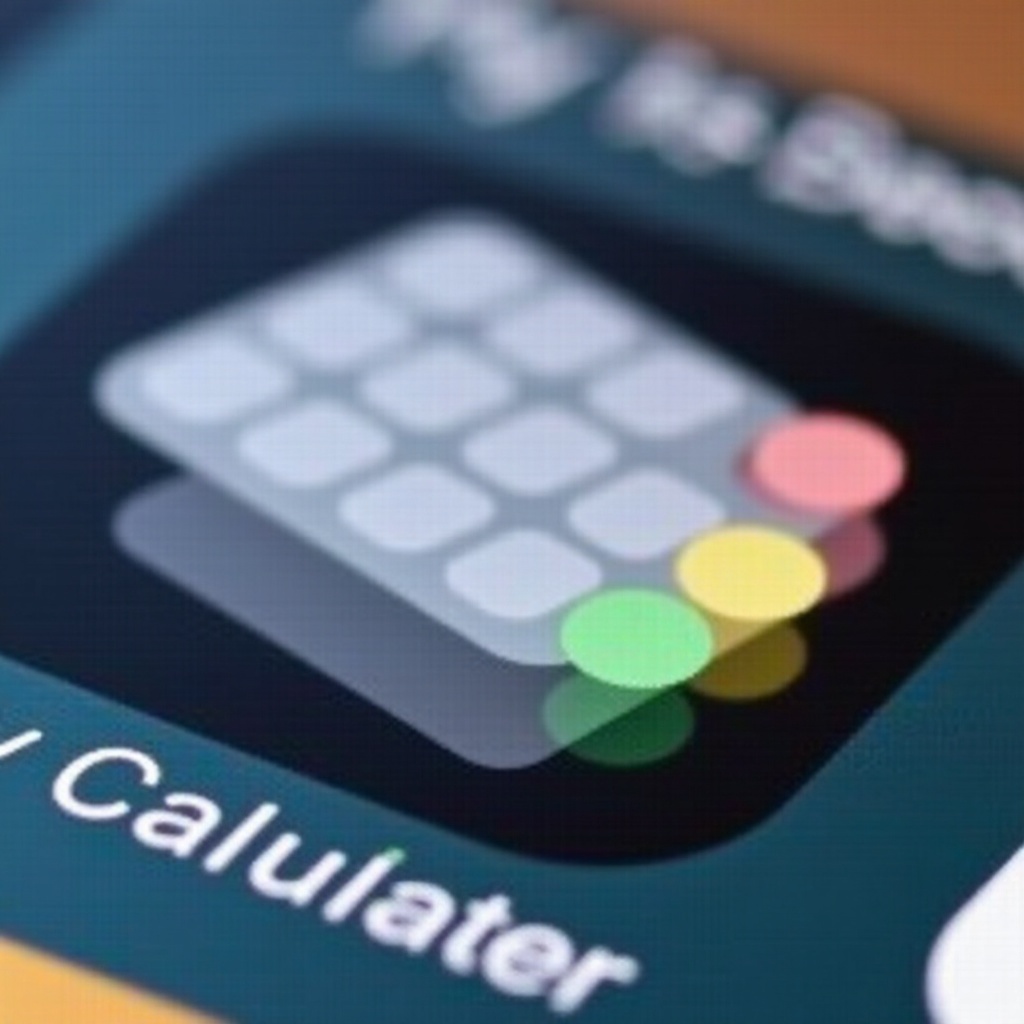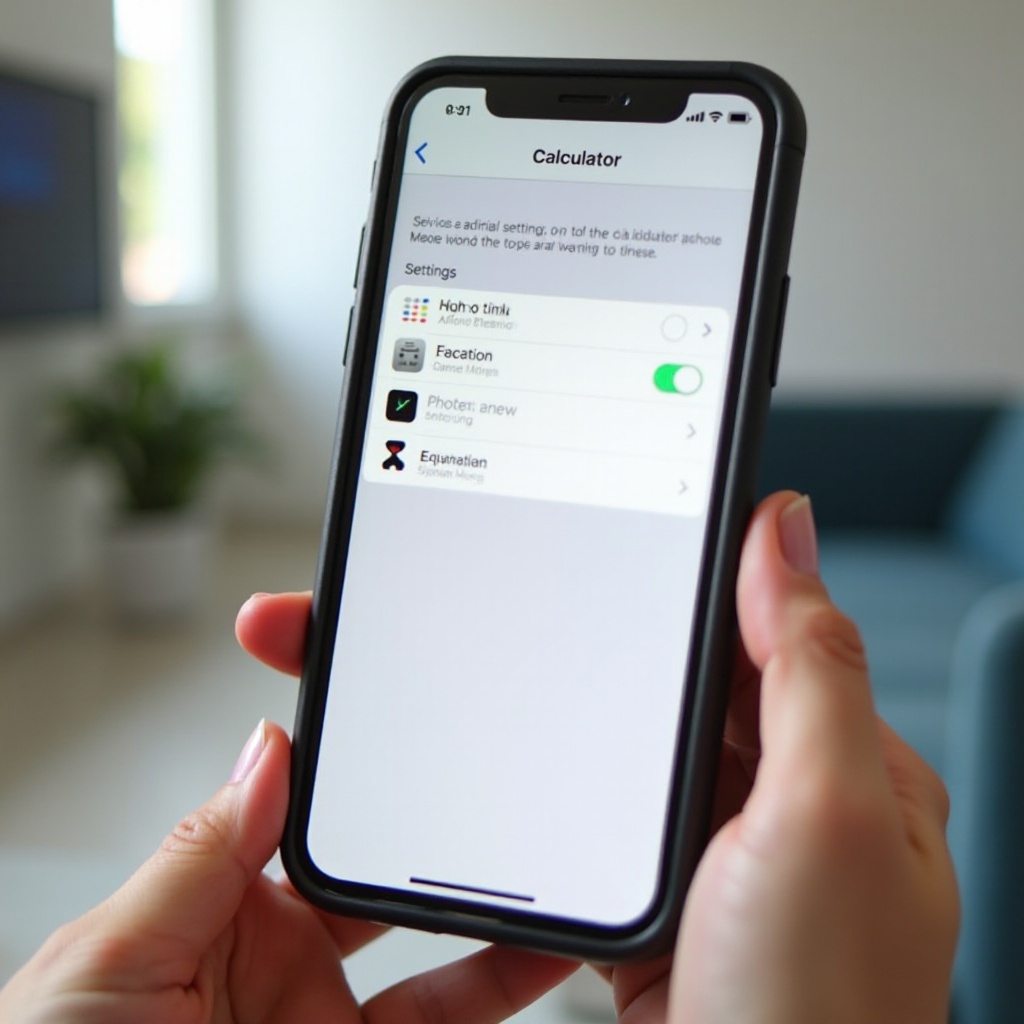How to Change Calculator Settings on iPhone
Introduction
Navigating the settings on your iPhone’s calculator can vastly improve its functionality and tailor it to meet your specific needs. Whether you find yourself using the calculator for basic arithmetic, scientific calculations, or quick access through the Control Center, optimizing its settings can provide a smoother experience. This guide will walk you through how to change calculator settings on iPhone, from accessing and switching modes to troubleshooting common issues. Let's delve into transforming your calculator app into a more effective tool.

Accessing the Calculator App
Before diving into the settings, the first step is to access the Calculator app itself. You can find the Calculator app directly on your iPhone's home screen. For quick access, simply swipe down on the home screen and type 'Calculator' in the search bar, then tap the app when it appears. For faster access in the future, consider adding the Calculator to your Control Center, so it’s just a swipe away.

Exploring Default Calculator Settings
When you first open the Calculator app, you might notice that it defaults to a standard mode. This is perfect for most basic calculations, but the app also has several other useful settings and modes to explore. You can rotate your iPhone to landscape mode to switch from standard to scientific calculator, including additional functions for more complex calculations. Understanding these default settings will help you make the most out of this tool immediately.
Switching Between Calculator Modes
Standard Mode
The default mode you encounter upon opening the Calculator app is the Standard Mode. It offers essential arithmetic functions such as addition, subtraction, multiplication, and division. It’s ideal for everyday calculations and is straightforward and easy to use.
Scientific Mode
For more complex calculations, the Scientific Mode comes in handy. Activate this by rotating your iPhone to landscape orientation. In Scientific Mode, the app includes functions like logarithms, trigonometric calculations, and exponents. This feature is particularly useful for students or professionals who need advanced math functions on the go.
Customizing Your Calculator Experience
Tailoring the Calculator app to suit your workflows can streamline your iPhone experience even more. Here are several ways to customize:
Adjusting Calculator Layout
While there isn’t a direct way to alter the layout of Calculator buttons, leveraging the screen orientation provides some customization. Rotate your phone to landscape for a wider array of functions, ensuring that the app fits smoothly into your hands for usability and efficiency.
Using the Landscape Mode
Landscape mode isn’t just for Scientific Mode. By simply tilting your phone, you can access functions like parentheses, memory storage, and the delete button, enhancing your capabilities beyond standard calculations. Engaging with the different modes can enhance your productivity, from balancing budgets to solving algebraic equations.
Personalizing Key Visibility
Although iOS doesn't yet support hiding specific keys in the Calculator app, utilizing different modes to access varying functionalities ensures you only see what you need when you need it. The straightforward interface keeps it clutter-free, especially when flipped between portrait and landscape orientations, effectively adjusting what’s visible based on your needs.
Tips and Advanced Features
The Calculator app isn’t just for simple calculations. Unlock the full potential of the app by utilizing some of its advanced features:
Using the Backspace Function
If you make a mistake during a calculation, there’s no need to start over. Simply swipe left or right at the top of the screen where the numbers appear to delete the last digit entered. This feature is particularly useful for correcting entries without clearing the entire screen.
Memory Buttons and Their Functions
The memory buttons (M+, M-, MR, and MC) serve as shortcuts for storing and recalling values during complex calculations. Here’s a simple guide: - M+ (Memory Plus): Adds the currently displayed value to memory. - M- (Memory Minus): Subtracts the displayed value from memory. - MR (Memory Recall): Recalls the stored value. - MC (Memory Clear): Clears all memory entries. Using these can significantly optimize multi-step calculations.
Quick Calculations from Control Center
For rapid calculations without launching the app, add the Calculator to your Control Center. Go to Settings > Control Center > Customize Controls, and tap the green plus icon next to Calculator. Now, access it with a simple swipe and tap, facilitating quick math on the fly.
Troubleshooting Common Issues
From time to time, you might encounter issues with the Calculator app. Here’s what you can do:
If the Calculator Isn't Working
If the Calculator app isn’t responding, first try closing and reopening it. If that doesn't work, restart your iPhone. This generally resolves minor glitches.
Resetting Calculator Settings
If you face persistent issues, resetting your Calculator to its default settings can help. Head to Settings > General > Reset > Reset All Settings. Note that this action will reset all settings on your iPhone, not just the Calculator, so proceed with caution.
Common Fixes and Updates
Ensure your iPhone is running the latest software update (Settings > General > Software Update). Bugs and issues are routinely fixed in system updates. Additionally, closing other apps running in the background can free up system resources and improve the Calculator's performance.

Conclusion
Optimizing calculator settings on your iPhone makes a world of difference, whether you need it for simple math, scientific equations, or quick on-the-go calculations. From adjusting layouts to leveraging memory functions, these tips will help you get the most out of your device. Spend some time customizing and understanding these features to turn your default Calculator app into a robust calculation tool.
Frequently Asked Questions
How do I reset the Calculator on my iPhone?
Resetting involves resetting all iPhone settings. Go to Settings > General > Reset > Reset All Settings. This action will affect all settings on your device.
Can I use the iPhone Calculator in landscape mode?
Yes, rotate your iPhone to landscape mode to activate Scientific Mode, providing additional functions like logarithms and trigonometry.
How do I access the scientific calculator on my iPhone?
Rotate your iPhone to landscape orientation while on the Calculator app to switch to Scientific Mode.



